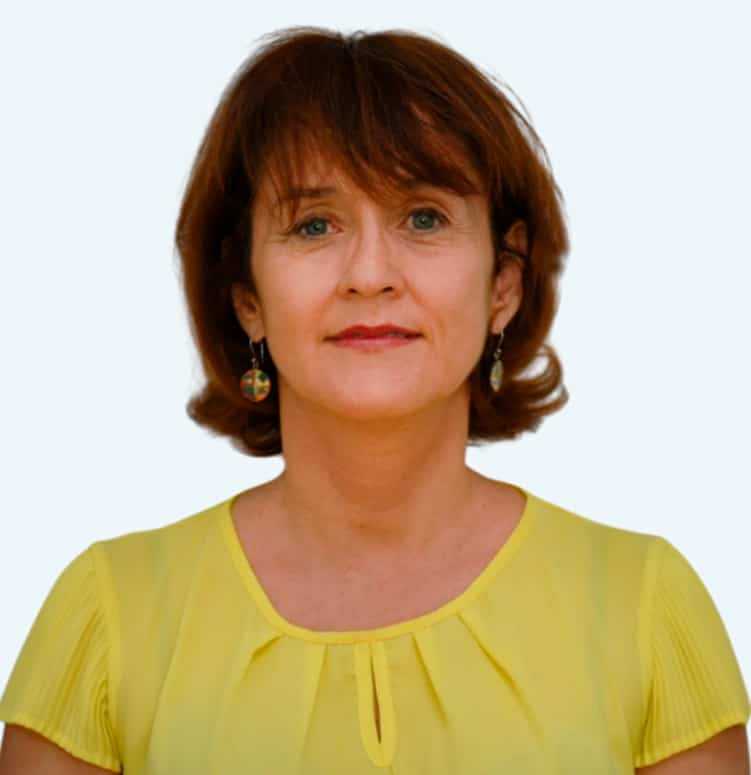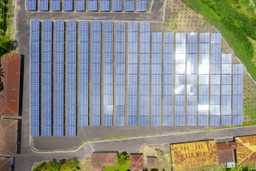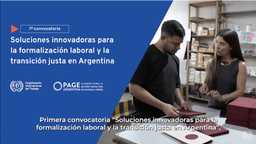Q5. What are the challenges and opportunities for IGE to be extended to all Brazilian Federal States?
Great point! In my opinion, Page is the ideal program to be implemented in the Amazon states for several reasons.
The Amazon is currently a matter of global concern due to its importance in maintaining temperature and climate. There is an international perception based on the dichotomy between the local population and the Amazon Forest, when it should be the forest’s population, because the forest is their only and guaranteed means of survival, therefore, the people who live there work for its maintenance as its guardians, but many are unaware of this. Furthermore, it is not possible to think about the forest without considering the people who live there. The bioeconomy stands as an unequivocal possibility of a solution based on the Green Economy with positive impacts on medicine, clothing, agriculture, livestock and food industry, among others, besides promoting economic and social development. The countless mineral, vegetable, and biodiversity richeness contained therein are fundamental to be used for the benefit of the entire worldass population. Deforestation is the probable reality of the States whose resources are insufficient and which do not have adequate technologies or policies to face it.
I would have more arguments to add, but the nine Amazon States translate possibilities and immense challenges, since their heterogeneity in size and socio-economy makes each one a unique example to be analyzed.
Observing the fruitful work developed by PAGE in Mato Grosso and given the convergence of objectives, the Governors’ Climate & Forests Task Force – GCFTF – a platform of subnational governments that provides the basis for cooperation on numerous issues related to climate policy, financing, technology exchange, and research – understood the relevance of the partnership and is committed to continue the work with relevant Amazonian actors and subnational governments in Brazil. This would mean for both (PAGE and GCFTF) an important opportunity to act with strong repercussion in the international sustainability agendas, since the GCFTF acts in the entire Amazon. In Brazil it gathers nine states and 808 municipalities, being 22 in Acre, 62 in Amazonas, 16 in Amapá, 217 in Maranhão, 141 in Mato Grosso, 144 in Pará, 52 in Rondônia, 15 in Roraima, and 139 in Tocantins.
We are very aware of how the UN urges increased support to the preservation of the Amazon, for environmental protection, while contributing at the same time to economic growth and social issues. I affirm that Brazil and the states that make up the Legal Amazon are ready and willing to collaborate towards the 2030 Agenda and the implementation of the SDGs.
Finally, the Government of Mato Grosso, as an active participant in the Governor’s Climate and Forests Task Force – GCFTF, I invite you to learn more about what we have been doing related to IGE initiatives to promote sustainable development in the State.




